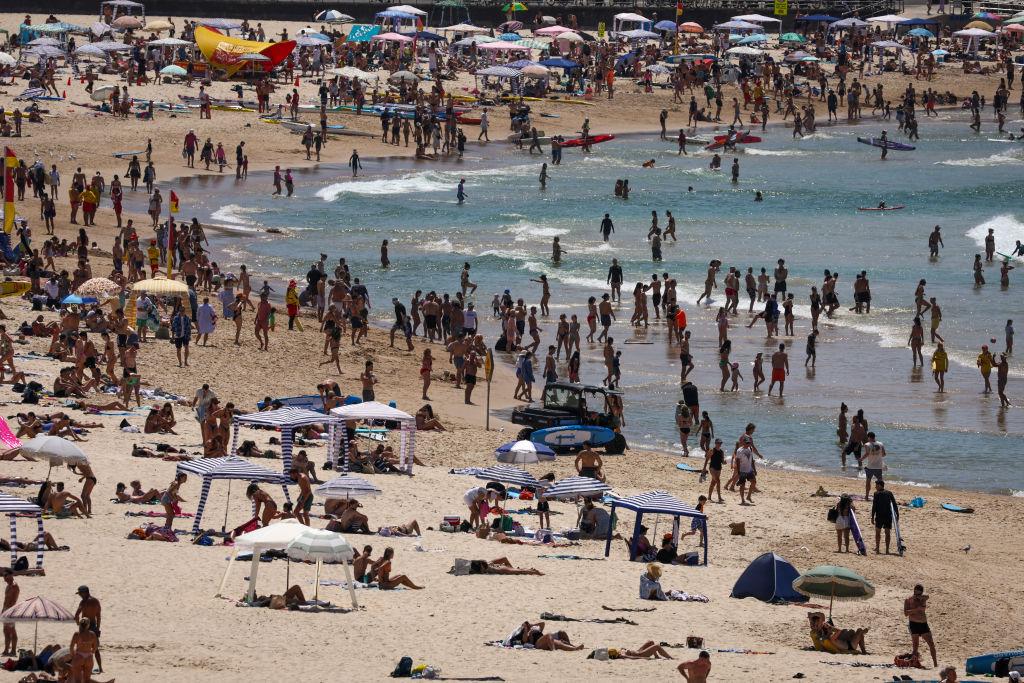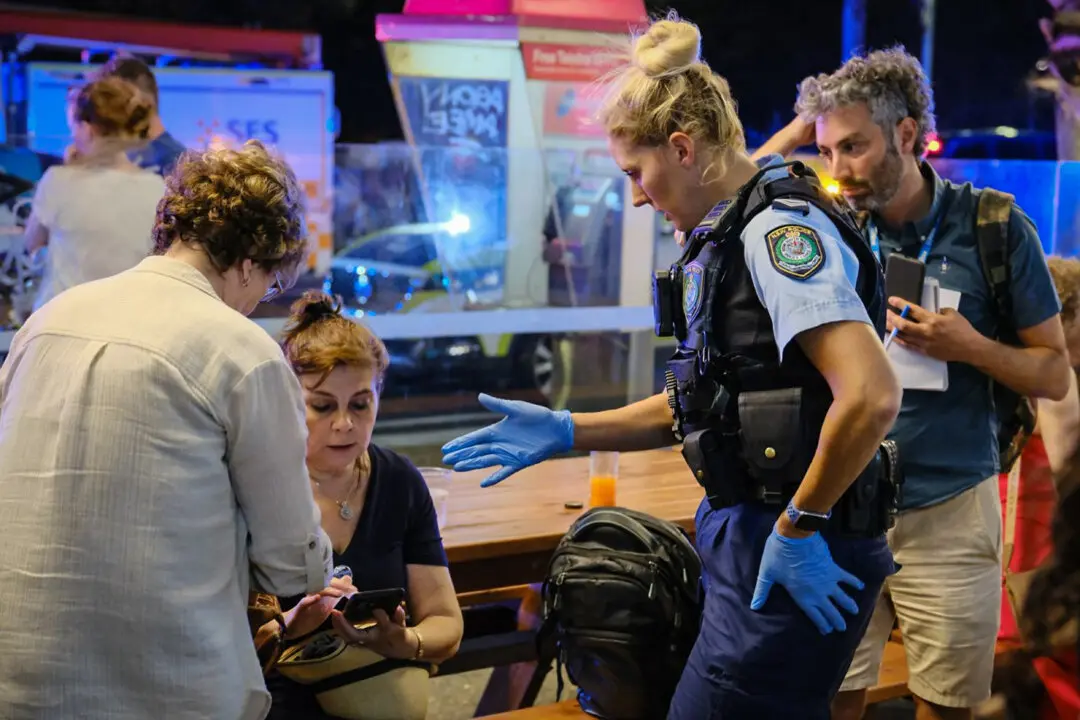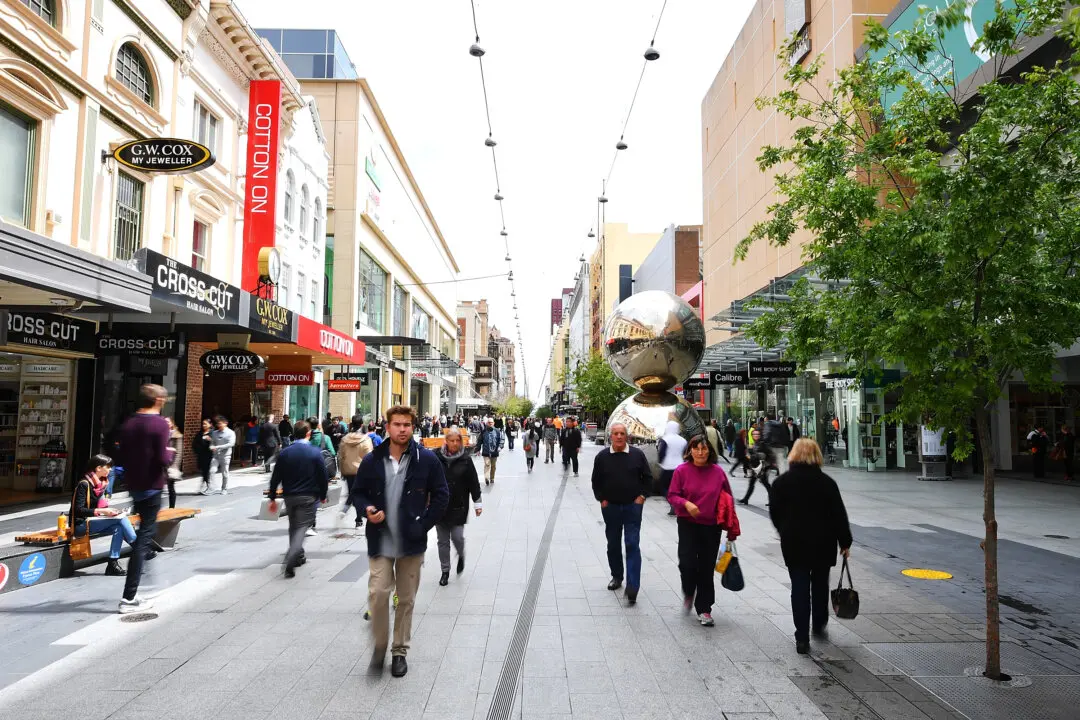Medical researchers have unveiled new sun safety advice designed to cater for Australia’s diverse population and different skin types.
A new paper, published in the Australian and New Zealand Journal of Public Health on Feb. 12, states skin cancer prevention is still a priority, but specifically acknowledges diversity.





